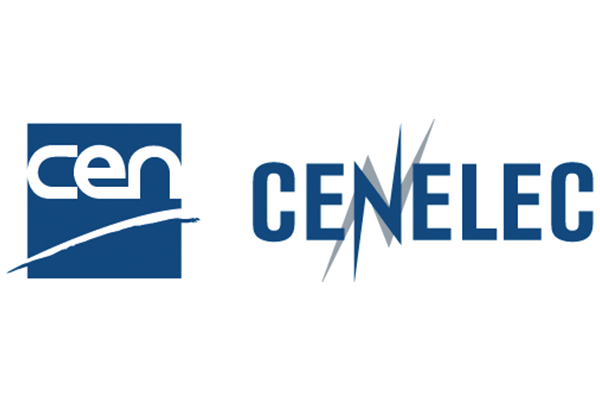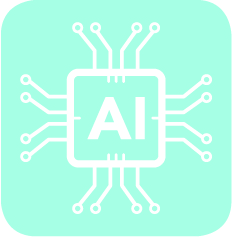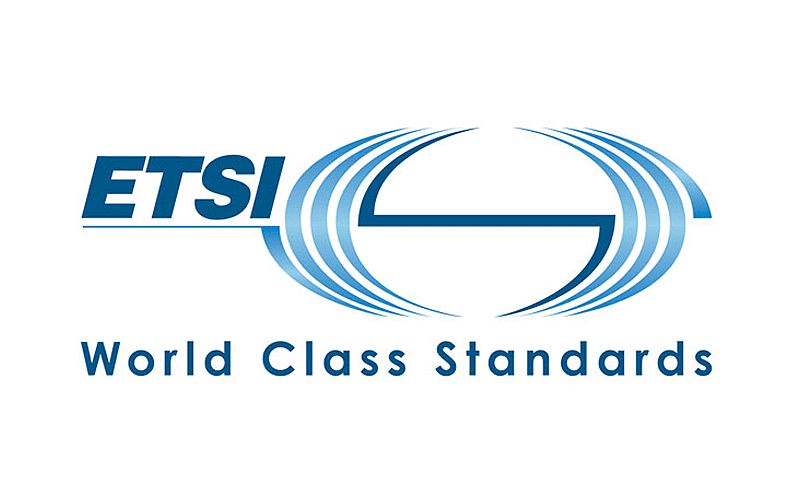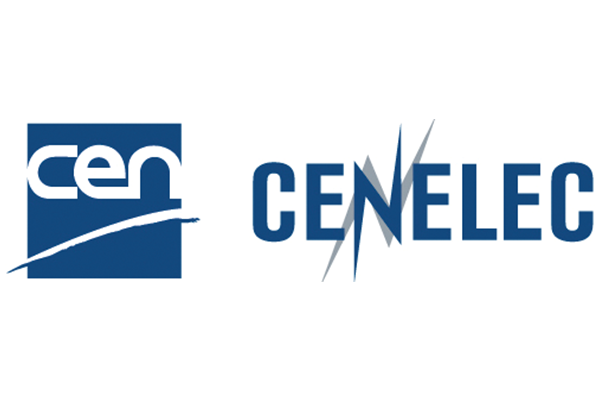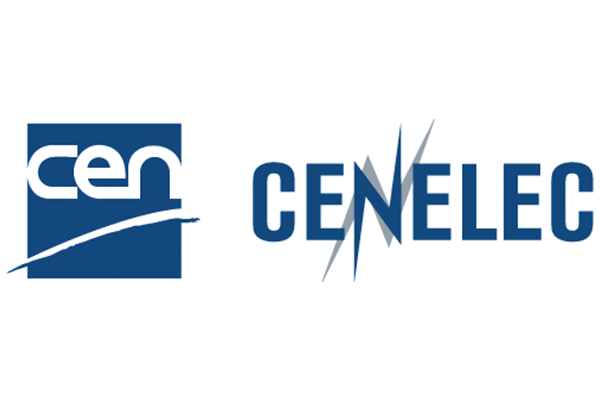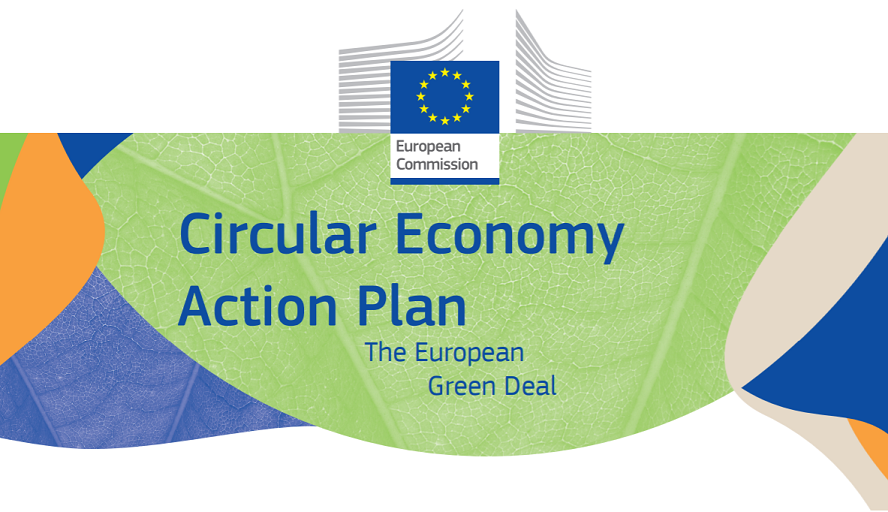The new versions of two of the most important European standards for lifts (EN 81-20:2020 and EN 81-50:2020) have just been published in the Official Journal of the EU, ensuring their harmonization under the Lifts Directive. This can be the opportunity to explore more in detail the surprising and very important role of standards for lifts and elevators in the EU and on the global market.
European Standards for lifts and escalators: a Single Market Success story : In 1962, the European Committee for Standardization (CEN) established CEN/TC 10 on ‘Lifts, escalators and moving walks’ with the aim of agreeing on safety rules for the construction and installation of lifts, escalators, and passenger conveyors in the then European Community. The work of European standardization in this field has been particularly relevant in making the Single Market a reality through the adoption of Harmonised Standards. CEN successfully collaborates with the European institutions by creating the standards that implement the requirements introduced by the 'Lifts Directive 2014/33/EU' and 'Machinery Directive 2006/42/EC'. The Lifts Directive, whose latest version is applicable from 20 April 2016, harmonises the rules governing the design, manufacture, and installation of lifts. Its aim is to permit the free circulation of lifts within the EU internal market, ensuring a high level of safety for lift users as well as maintenance and inspection technicians. Similarly, the Machinery Directive harmonises the rules for escalators and other lifting appliances.
ETSI Report Paves the Way for First World Standards in Securing Artificial Intelligence
The ETSI Securing Artificial Intelligence Industry Specification Group (SAI ISG) released its first Group Report, ETSI GR SAI 004, which gives an overview of the problem statement regarding the securing of AI. ETSI SAI is the first standardization initiative dedicated to securing AI.
The Report describes the problem of securing AI-based systems and solutions, with a focus on machine learning, and the challenges relating to confidentiality, integrity and availability at each stage of the machine learning lifecycle. It also points out some of the broader challenges of AI systems including bias, ethics and ability to be explained. A number of different attack vectors are outlined, as well as several cases of real-world use and attacks.
To identify the issues involved in securing AI, the first step was to define AI. For the ETSI group, artificial intelligence is the ability of a system to handle representations, both explicit and implicit, and procedures to perform tasks that would be considered intelligent if performed by a human. This definition still represents a broad spectrum of possibilities. However, a limited set of technologies are now becoming feasible, largely driven by the evolution of machine learning and deep-learning techniques, and the wide availability of the data and processing power required to train and implement such technologies.
CEN and CENELEC launched a new Joint TC on Artificial Intelligence
Even though Artificial Intelligence (AI) has existed since the 1950s, the rapid developments in the past years have turned it into one of the most promising sectors within ICT. There has been an enormous growth in investments and use of AI systems in many sectors such as automobile, health and aeronautics, creating new challenges for both industry and society.
To ensure the development of trustworthy AI systems that respect fundamental values and human rights recognised in Europe, standardization is needed. For this reason, CEN and CENELEC have established the new CEN-CENELEC Joint Technical Committee 21 ‘Artificial Intelligence’, based on the recommendations presented in the CEN-CENELEC response to the EC White Paper on AI and the German Standardization Roadmap for Artificial Intelligence. The Joint Technical Committee, whose Secretariat is held by DS, the Danish Standardization Body, will be responsible for the development and adoption of standards for AI and related data, as well as provide guidance to other Technical Committees concerned with AI.
CEN - CLC/JTC 21 will proceed with the identification and adoption of international standards already available or under development from other organizations like ISO/IEC JTC 1 and its subcommittees, such as SC 42 Artificial Intelligence. Furthermore, CEN-CLC/JTC 21 will focus on producing standardization deliverables that address European market and societal needs, as well as underpinning EU legislation, policies, principles, and values.
The ETSI Industry Specification Group on Permissioned Distributed Ledger (ISG PDL) has recently released a number of Reports to support industry and government institutions needs for what is commonly known as blockchain. These Reports cover data record compliance to regulation, application scenarios and smart contracts.
- ETSI GR PDL 002, “Applicability and compliance to data processing requirements”, describes the implications of the conduits used to connect data sources (sensors, gateways etc.) to distributed ledgers in utility and related industries. The Report also defines how regulatory aspects for data infrastructure security and privacy can be satisfied.
- ETSI GR PDL 003 details the application scenarios and operational requirements for permissioned ledgers to help telecom operators, Internet and over-the-top service providers implement the technology. It includes provision models with special emphasis on as-a-service paradigms and PDL infrastructure governance aspects.
- ETSI GR PDL 004, defines an architecture and functional framework for smart contracts and their planning, coding, and testing. The smart contract is a computer program stored in a distributed ledger system.
European Commission, standards are crucial for European Climate Adaptation policy
On 24 February 2021 the European Commission adopted the new EU Strategy on Adaptation to Climate Change, which is setting the pathway to prepare for the unavoidable impacts of climate change in Europe. The Commission clearly states in the strategy that they intend to “increase cooperation with standardization organisations to make sure that existing standards are climate-proof and to develop new ones for climate adaptation solutions”.
CEN and CENELEC support the European effort to mitigate climate change, an also the preparation for its unavoidable consequences. Since the publication of the first EU adaptation strategy in 2013, CEN and CENELEC have been working closely with the European Commission on climate proofing the key infrastructures by revising the relevant priority standards. The first set of standards that include adaptation solutions from various sectors are being now finalised.
In addition to the extension of the activities of the CEN-CENELEC Adaptation to Climate Change Coordination Group, at the end of 2020 the new CEN/TC 467 ‘Climate Change’ was also established with the objective to develop European standards in support of the EU policy objectives. This clearly indicates the importance of climate change in the European standardization. An overview of CEN and CENELEC’s activities to support the efforts to mitigate climate change can be found on the policy paper “Standards in support of the European Green Deal Commitments”
ETSI Launches New Group on IPV6 Enhanced Innovation
In the 5G and cloud era, IPv6 will grow rapidly. Strengthening new generation IP network technologies based on IPv6 and its innovative technologies has become the common direction of the IP industry. To tackle the increasing Industry needs for IPv6 adoption in multiple Use Cases and Scenarios, ETSI has recently launched ISG IPv6 Enhanced innovation (IPE). IPE aims to drive full connectivity of IPv6 on everything and facilitate the business success of this technology. IPE members include 43 organizations to date, comprising carriers, vendors, and academia, working together to improve the industry ecosystem and accelerate innovation.
The group will first analyse the current landscape of existing IPv6 standards deployed on prime technologies such as 5G, IoT and Cloud Computing to identify gaps and thus accelerate IPv6-based innovations. Two other reports will cover data centre and Cloud use cases on one hand and 5G Transport use cases on the other hand. The last pieces of work will define Industrial IoT/enterprise requirements and IPv6 only transition requirements across new and evolving technology domains and areas.
Standards, lifting the Single Market up!
The new versions of two of the most important European standards for lifts (EN 81-20:2020 and EN 81-50:2020) have just been published in the Official Journal of the EU, ensuring their harmonisation under the Lifts Directive. This can be the opportunity to explore more in detail the surprising and very important role of standards for lifts and elevators in the EU and on the global market.
European Standards for lifts and escalators: a Single Market Success story : In 1962, the European Committee for Standardization (CEN) established CEN/TC 10 on ‘Lifts, escalators and moving walks’ with the aim of agreeing on safety rules for the construction and installation of lifts, escalators, and passenger conveyors in the then European Community. The work of European standardization in this field has been particularly relevant in making the Single Market a reality through the adoption of Harmonised Standards. CEN successfully collaborates with the European institutions by creating the standards that implement the requirements introduced by the 'Lifts Directive 2014/33/EU' and 'Machinery Directive 2006/42/EC'. The Lifts Directive, whose latest version is applicable from 20 April 2016, harmonises the rules governing the design, manufacture, and installation of lifts. Its aim is to permit the free circulation of lifts within the EU internal market, ensuring a high level of safety for lift users as well as maintenance and inspection technicians. Similarly, the Machinery Directive harmonises the rules for escalators and other lifting appliances.
ETSI has successfully completed its international emergency communications interoperability testing event. 285 test pairings, with 87% demonstrating interoperability, were run from 22 February to 5 March 2021, both in Europe and across the Atlantic to assess the compatibility of products for mission-critical public safety services. This remote event was a cooperation between ETSI, EENA, the European Emergency Number Association and for the first time NENA, the 9-1-1 Association.
Vendors of emergency communication equipment connected to test Next Generation 112 and NG9-1-1 technologies, responding to the increasing requirements and demands of content-rich, IP-based emergency calling. Stakeholders included NGCS vendors, Forest Guide developers, user agents, mobile operators and call handling vendors. Government bodies, policy makers and local authorities also joined in to discuss implementation in their countries. Participants tested components of the emergency communication chain such as location and location-based call routing, audio, video, real-time text, policy based routing and core services based on ETSI TS 103 479, developed by the ETSI EMTEL Special Committee.
The European Commission welcomes the agreement reached by the European Parliament and the Council on the Connecting Europe Facility (CEF) proposal, as part of the next long-term EU budget 2021-2027.
The Connecting Europe Facility programme supports investment in Europe's transport, energy and digital infrastructure networks. It will support the twin green and digital transition, by contributing to the ambitious targets for the European Green Deal and the Digital Decade.
It will support the goals of the Smart and Sustainable Mobility Strategy laying the foundation for how the EU transport system can achieve its green and digital transformation and become more resilient to future crises. As outlined in the European Green Deal, the result will be a 90% cut in emissions by 2050, delivered by a smart, competitive, safe, accessible and affordable transport system. It will also prioritise environmentally friendly modes such as rail and the development of charging points for vehicles using alternative fuels.
The EU’s Circular Economy Action Plan
The European Commission released its new Circular Economy Action Plan (CEAP) in support of the European Green Deal on 11 March 2020. It fits in a preeminent list of EU strategy documents with a strong impact on standardization, such as the new Biodiversity Strategy, the Farm to Fork Strategy, the Industrial Strategy, the Chemicals Strategy for Sustainability and the Sustainable Products Initiative.
Building on the work already undertaken in the transition towards a more circular European economy, the Action Plan sets out objectives in product design, production and consumption. This new Action Plan for the Circular Economy will have impacts on most – if not all – businesses in Europe. The need for constant, systematic monitoring of upcoming legislation is now higher than it has ever been for companies to best undertake this transition without affecting their profitability.
In this context, the Circular Economy Topic Group (CE-TG) of SABE was set up to provide a faster and more coordinated response to the horizontal and cross sectorial standardization needs related to the European Circular Economy-related initiatives. The SABE CE-TG focuses on identifying and discussing strategic standardization issues and needs related to Circular Economy within CEN and CENELEC and the coordination with other standard organizations. It supports SABE in advising the CEN and CENELEC Technical Boards on standardization priorities for instance in support of the implementation of the Circular Economy Action Plan.






